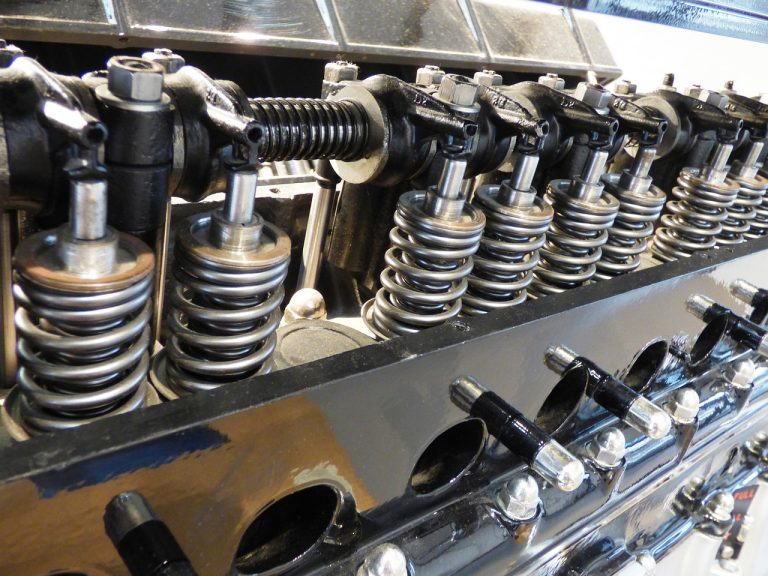The Role of ELD Devices in Improving Driver Safety and Well-Being
An ELD synchronizes with the CMV engine to automatically record data, including driver hours of service (HOS) and miles driven. It then securely transmits the data to safety officials.
Fleet managers can also use the data from an ELD to monitor drivers for unsafe behaviors, like harsh braking and acceleration, that waste fuel and increase accident risk.
Improved Safety
The ELD mandate requires most CMV drivers to use a device that records their driving and resting times. This helps fleets monitor and manage HOS compliance, which decides remuneration, benefits, and incentives for commercial truck drivers.
While the initial cost of hardware, installation, training, and subscription fees may be daunting, this investment can minimize fuel wastage, reduce commercial insurance premiums, improve route planning, and help drivers stay safe. In addition, these devices can help you cut down on paperwork and streamline many business functions.
Advanced ELD devices can also connect to a vehicle’s engine to automatically pull critical data like mileage and fault codes, prepare electronic Driver Vehicle Inspection Reports (DVIR), and provide two-way communication between the dispatcher and driver. ELD in trucking can also be integrated with GPS for real-time location tracking, reducing the need for phone calls or paper logs and minimizing downtime. They can detect harsh events like speeding or erratic braking to prevent unsafe driving habits.
Reduced Risk of Accidents
ELD devices track drivers’ on-duty and off-duty time, helping them stay within HOS regulations and avoid fatigue-related accidents. They also help drivers and fleet managers keep tabs on their driving habits, including speeding and harsh braking, so they can take steps to improve their safety.
Moreover, since ELDs plug into a vehicle’s OBD port, they can pull critical engine data like fault codes and average mileage to streamline maintenance. This minimizes back-office workload and downtime, as well as fuel wastage.
Choose an FMCSA-approved ELD device with an easy-to-use interface that requires minimal training for your drivers and staff. This will ensure they can navigate the technology smoothly. Moreover, opt for one that offers reliable support services to address any issues or concerns during the transition period. This will also help them make the most of the technology’s positive impact on safety, efficiency, and compliance. In addition, a good ELD provider will offer attractive discounts for large orders to reduce your initial investment costs.
Reduced Paperwork
ELDs automatically record a driver’s hours of service, ensuring that they comply with FMCSA regulations and helping to prevent fatigue-related accidents. Additionally, these devices save drivers time from having to manually fill out paper logs, allowing them to spend more time driving.
Additionally, by allowing fleets to automate HOS and DVIR reporting, these devices reduce paperwork and administrative burdens for drivers and dispatchers, freeing up resources for other operational tasks. This can help streamline processes, such as reducing long wait times for truckers at loading and unloading points, improving efficiency, and boosting the bottom line.
In addition to preventing fatigue-related accidents, ELD devices can improve safety by enabling fleet managers to see whether their drivers are logging dangerous driving behaviors like speeding or harsh braking. This allows for quick action to correct bad habits and encourage a culture of safe driving across the fleet.
Increased Efficiency
ELD devices automatically record truck driving data, making it impossible for drivers to falsify their logs. This helps to prevent CSA violations that cost trucking companies money on fines, vehicle servicing, compensation to accident victims, and excessive insurance premiums.
In addition, because ELDs can plug into your truck’s onboard diagnostics (OBD) port, they can easily pull critical engine data like mileage and fault codes to help you schedule preventative maintenance and make timely repairs. Some of the best ELD systems also feature built-in gyroscopes and accelerometers that detect harsh events, such as sudden braking or collisions.
Fleet managers can use this information to coach drivers on improving driving skills and reducing fuel wastage, saving the company more money. In addition, the ELD system’s real-time visibility makes it easier for dispatchers to know a driver’s available hours in advance and avoid any HOS violations. This helps to improve efficiency, especially when dealing with lengthy wait times at loading and unloading points.





